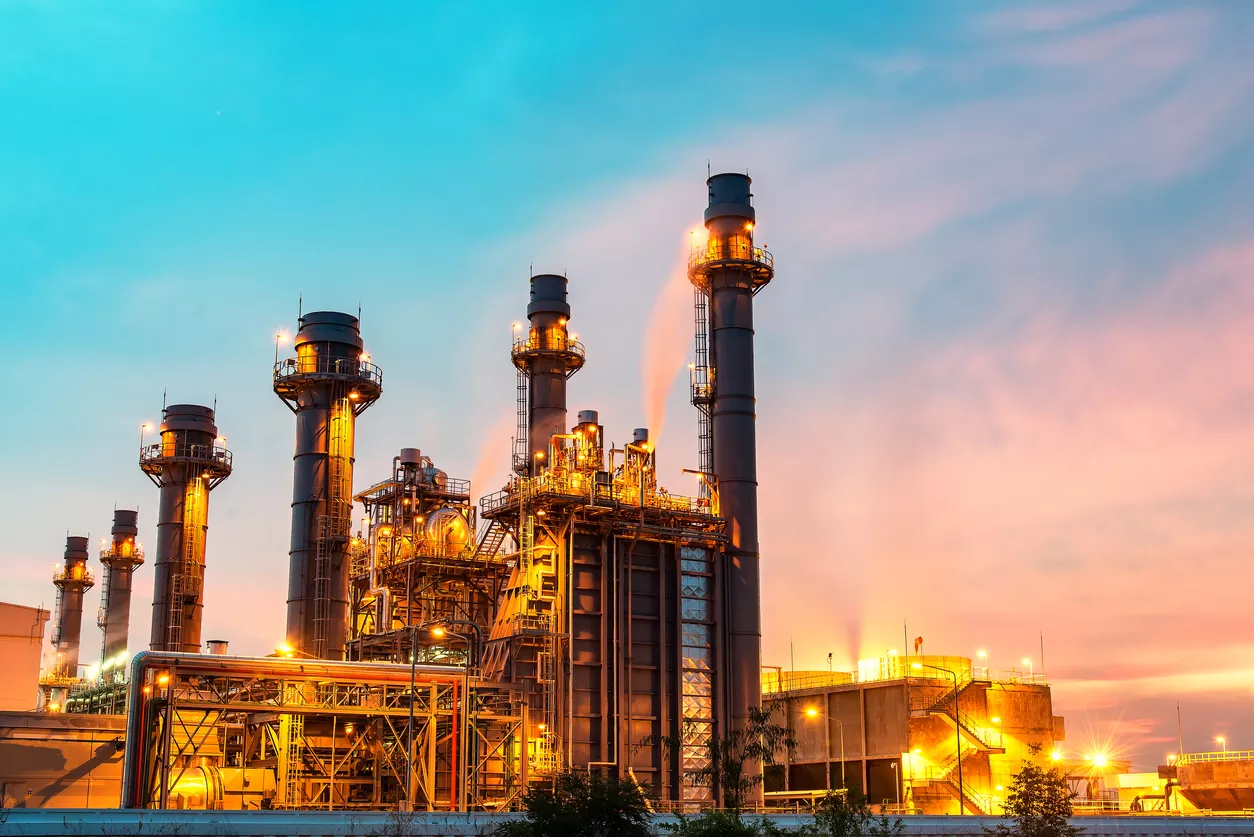Total Chlorine Analysis
Total Chloride, Total Chlorine or Total Halogens, stand for the sum parameter of organic as well as inorganic Fluorine (F), Chlorine, (Cl), Bromine (Br) and Iodine (I). Trace levels of Total Chloride are measured with an elemental combustion analyzer according to Microcoulometric detection technique / Microcoulometry. Organic chlorines do not occur naturally in crude oil. When present, they result from contamination in some manner, such as disposal of chlorinated solvent used in many dewaxing pipeline or other equipment operations. Organic Chlorine species are potentially damaging to refinery processes. Hydrochloric acid can be produced in hydrotreating or reforming reactors and the acid accumulates in condensing regions of the refinery. Unexpected concentrations of organic chlorides cannot be effectively neutralized and damage can result. Organic chlorides are not known to be naturally present in crude oils and usually result from cleaning operations at producing sites, pipelines, or tanks. It is important for the oil industry to have common methods available for the determination of organic chlorides in crude oil, particularly when transfer of custody is involved. Common ASTM methods for chloride testing include: ASTM D5194, ASTM D4929, D5808, D6721, and D7457. The Nexis TX total chloride analyzer provides a reliable and robust solution for labs.

Whitepapers
Waste generated by agro-food industries can result in environmental contamination and impact the costs involved in controlling and reducing this harmful environmental effect through stringent legislations.
The generation of bio-energy and availability of renewable fuels as a biodegradable source will help to lighten the environmental pollution grade and have already been introduced and implemented in many countries. Exhaust emissions of sulfur oxides, nitrogen oxides, carbon monoxide and unburned hydrocarbons are significantly lower with biodiesel usage in comparison to mineral diesel, which can dramatically reduce the impact on the environmental. The presence of chlorinated compounds in these types of products can negatively affect the lifespan and effectiveness of catalyst material used in the process of biodiesel production. The regular chlorine concentrations of the refined biodiesel and animal fat raw materials are at trace ppm level, which are determined quantitatively by oxidative combustion micro-coulometric detection technique. This Application Note describes the principle, procedure and performance data of a Total Chlorine analysis in original/raw animal fat samples using the EST & TSHR NEXIS TX Analyzer in accordance with ASTM D4929.
Waste generated by agro-food industries can result in environmental contamination and impact the costs involved in controlling and reducing this harmful environmental effect through stringent legislations. The generation of bio-energy and availability of renewable fuels as a biodegradable source will help to lighten the environmental pollution grade and have already been introduced and implemented in many countries. Exhaust emissions of sulfur oxides, nitrogen oxides, carbon monoxide and unburned hydrocarbons are significantly lower with biodiesel usage in comparison to mineral diesel, which can dramatically reduce the impact on the environmental. The presence of chlorinated compounds in these types of products can negatively affect the lifespan and effectiveness of catalyst material used in the process of biodiesel production. The regular chlorine concentrations of the refined biodiesel and animal fat raw materials are at trace ppm level, which are determined quantitatively by oxidative combustion micro-coulometric detection technique. This Application Note describes the principle, procedure and performance data of a Total Chlorine analysis in original/raw animal fat samples using the EST & TSHR NEXIS TX Analyzer in accordance with ASTM D4929


